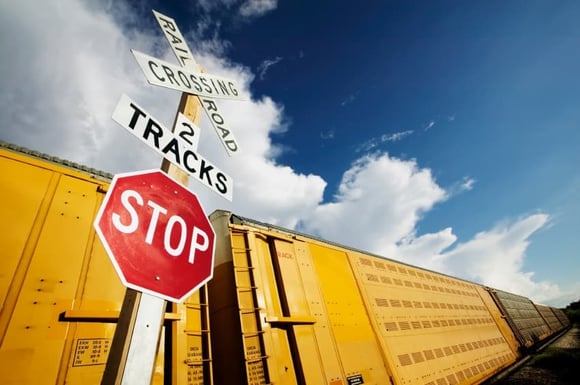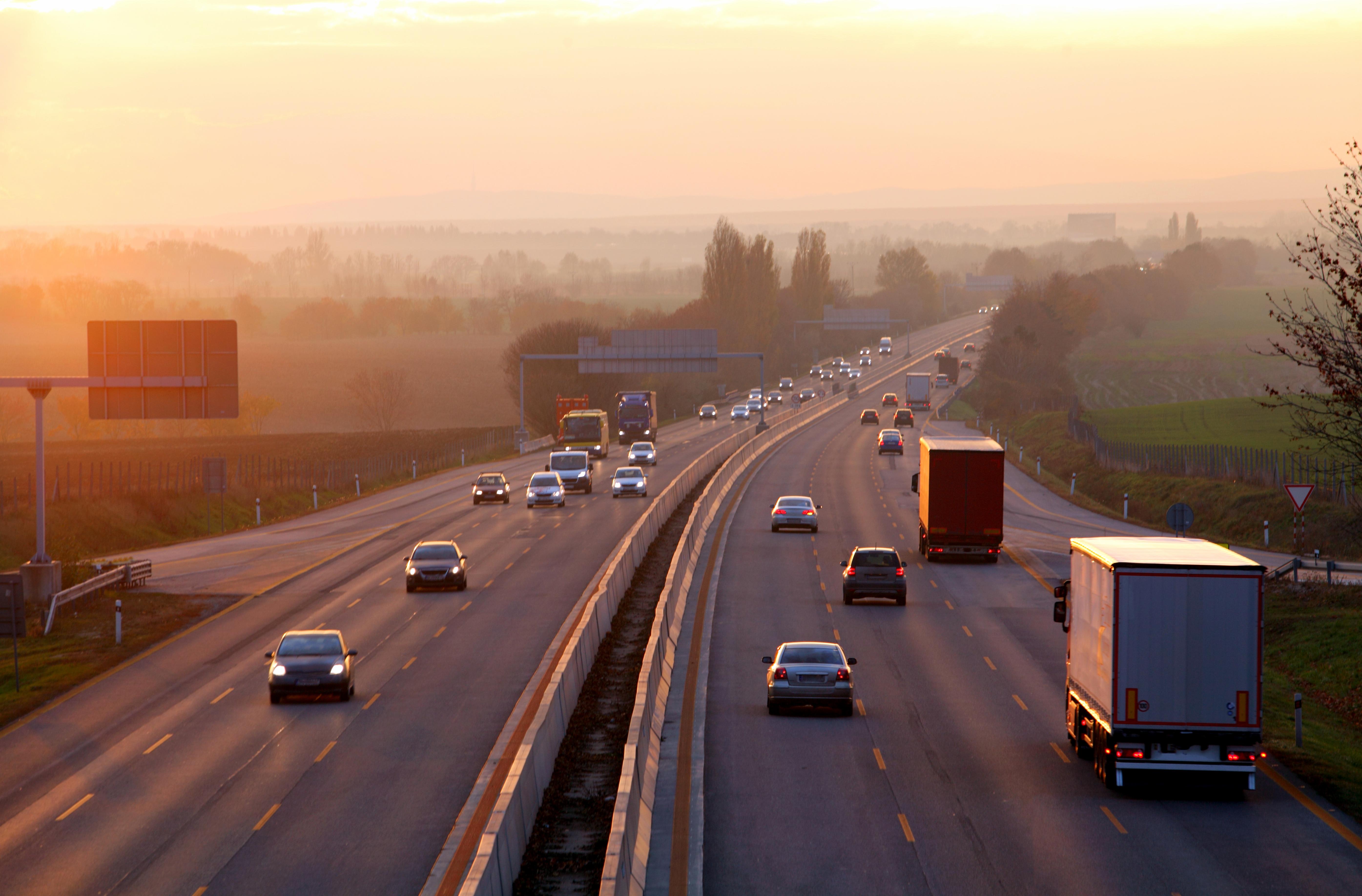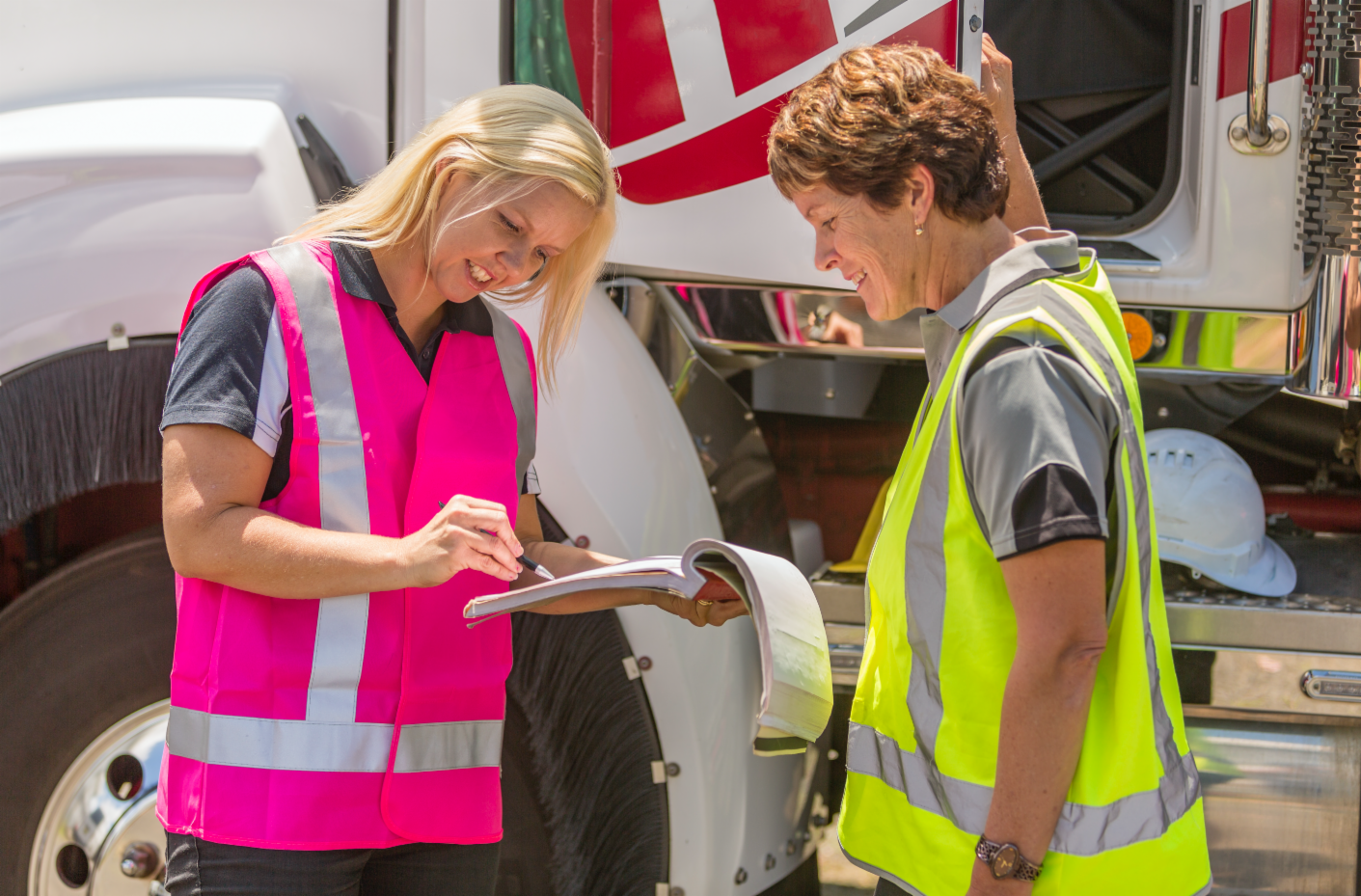Tips for Crossing Railroad Tracks Safely

No matter where you drive, there are railroad crossings in every city and every state in America.
Tips for crossing railroad tracks safely:
- Approach with care; look for advance warning signs. Be alert and warn others that you are slowing down by activating your four-way flashers.
- Use all of your senses by turning off your radio and your climate control fan motor; roll down your windows and use your sense of hearing as well as sight for any approaching train.
- Stop within 15 feet of the nearest rail.
- Look both ways, lean forward to see around mirrors to get the best view of the tracks in both directions.
- Using the highest gear allowed, cross with care and without shifting gears.
- Time your crossing safely and account for the extra length of your vehicle to cross all of the tracks safely.
What steps do I take if my vehicle stalls on the tracks?
Get out of your vehicle immediately. Twelve million pound trains cannot stop quickly, and it can take over 18 football fields or a mile for them to come to a complete stop based upon their traveling speed.
Upon immediate evacuation of your cab, walk in the direction of the oncoming train and away from the tracks at a 45 degree angle. If your vehicle is struck by a moving train, the debris will spread out from the tracks in the same direction the train is moving.
If safely possible, locate the railroad's emergency number and the DOT crossing identification number posted near the crossing. Some locations for the posted numbers could be found under the cross buck or below the warning signals. Call 911, the railroad's emergency phone number, or the local police. Tell them a vehicle is on the tracks and provide your location by giving the name of the road that crosses the tracks or the crossing number if posted.
Also humped crossings and lowboy trailers do not mix. They tend to get high centered when trying to cross. Reroute to the next smoother crossing. One of the biggest culprits for hang-ups on tracks is the landing gear legs. Remember to elevate them to the upmost position.
Know all your surroundings of your vehicle, clearances at the top, below, and all sides. Remember, a train cannot slow or stop for us, we have to STOP safely for them!
If you have any questions on the above, click below to contact Great West Casualty Company.
If you need to request a truck insurance quote, click here or need to find an agent, click here.




